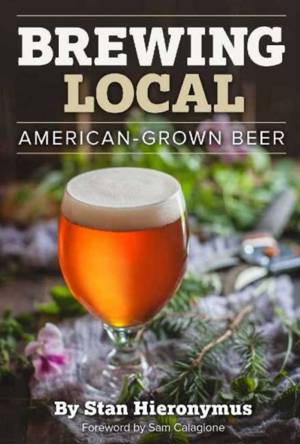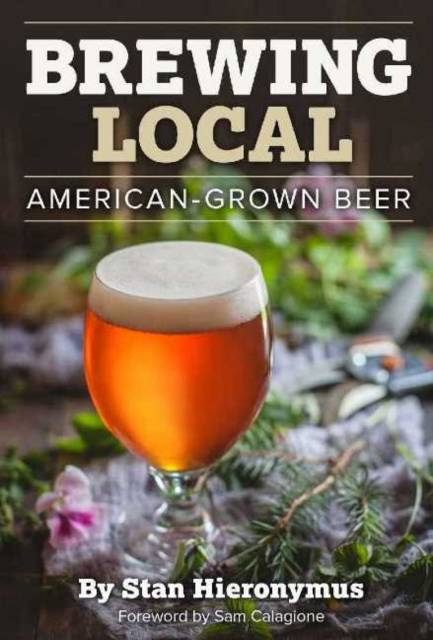
- Afhalen na 1 uur in een winkel met voorraad
- Gratis thuislevering in België
- Ruim aanbod met 7 miljoen producten
- Afhalen na 1 uur in een winkel met voorraad
- Gratis thuislevering in België
- Ruim aanbod met 7 miljoen producten
Omschrijving
Beer has never been a stranger to North America. Author Stan Hieronymous explains how before European colonization, Native Americans were making beer from fermented corn, such as the tiswin of the Apache and Pueblo tribes. European colonists new to the continent were keen to use whatever local flavorings were at hand like senna, celandine, chicory, pawpaw, and persimmon. Before barley took hold in the 1700s, early fermentables included corn (maize), wheat bran, and, of course, molasses.
Later immigrants to the young United States brought with them German and Czech yeasts and brewing techniques, setting the stage for the ubiquitous Pilsner lagers that came to dominate by the late 1800s. But local circumstances led to novel techniques, like corn and rice adjuncts, or the selection of lager yeasts that could ferment at ale-like temperatures. Despite the emergence of brewing giants with national distribution, "common brewers" continued to make "common beer" for local taverns and pubs. Distinctive American styles arose. Pennsylvania Swankey, Kentucky Common, Choc beer, Albany Ale, and steam beer--now called California common--all distinctive styles born of their place.
From its post-war fallow period, the US brewing industry was reignited in the 1980s by the craft beer scene. Follow Stan Hieronymous as he explores the wealth of ingredients available to the locavores and beer aficionados of today. He takes the reader through grains, hops, trees, plants, roots, mushrooms, and chilis--all ingredients that can be locally grown, cultivated, or foraged. The author supplies tips on how to find these as well as dos and don'ts of foraging. He investigates the nascent wild hops movement and initiatives like the Local Yeast Project. Farm breweries are flourishing, with more breweries operating on farms than the US had total breweries fewer than 50 years ago. He gives recipes too, each one showing how novel, local ingredients can be used to add fermentables, flavor, and hop-like bitterness, and how they might be cultivated or gathered in the wild. Armed with this book, brewers in America have never been better equipped to create a beer that captures the essence of its place.
Specificaties
Betrokkenen
- Auteur(s):
- Uitgeverij:
Inhoud
- Aantal bladzijden:
- 350
- Taal:
- Engels
Eigenschappen
- Productcode (EAN):
- 9781938469275
- Verschijningsdatum:
- 7/10/2016
- Uitvoering:
- Paperback
- Formaat:
- Trade paperback (VS)
- Afmetingen:
- 152 mm x 226 mm
- Gewicht:
- 544 g

Alleen bij Standaard Boekhandel
Beoordelingen
We publiceren alleen reviews die voldoen aan de voorwaarden voor reviews. Bekijk onze voorwaarden voor reviews.












